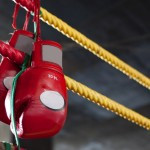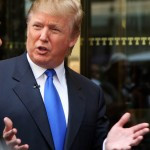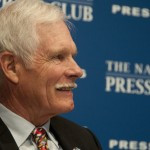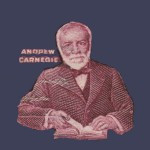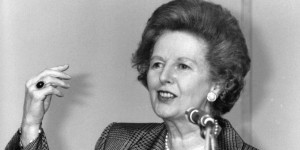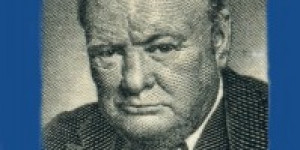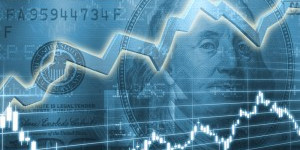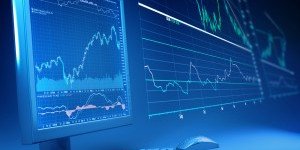Bruce Kovner
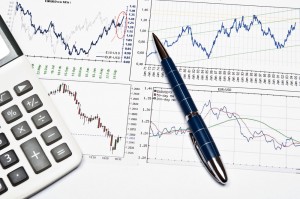
Bruce Kovner- "I stay rational and disciplined under pressure."
The first rule of trading – there are probably many first rules – is don’t get caught in a situation in which you can lose a great deal of money for reasons you don’t understand.
Bruce Kovner
You have to be willing to make mistakes regularly; there is nothing wrong with it. Michael taught me about making your best judgment, being wrong, making your next best judgment, being wrong, making your third best judgment, and then doubling your money.
Bruce Kovner
I’m not sure one can really define why some traders make it, while others do not. For myself, I can think of two important elements. First, I have the ability to imagine configurations of the world different from today and really believe it can happen. I can imagine that soybean prices can double or that the dollar can fall to 100 yen. Second, I stay rational and disciplined under pressure.
Bruce Kovner
They are strong, independent, and contrary in the extreme. They are able to take positions others are unwilling to take. They are disciplined enough to take the right size positions. A greedy trader always blows out. I know some really inspired traders who never managed to keep the money they made.
Bruce Kovner on personality traits of successful traders
Technical analysis tracks the past; it does not predict the future. You have to use your own intelligence to draw conclusions about what the past activity of some traders may say about the future activity of other traders. For me, technical analysis is like a thermometer. Fundamentalists who say they are not going to pay any attention to the charts are like a doctor who says he’s not going to take a patient’s temperature. But, of course, that would be sheer folly. If you are a responsible participant in the market, you always want to know where the market is – whether it is hot and excitable, or cold and stagnant. You want to know everything you can about the market to give you an edge. Technical analysis reflects the vote of the entire marketplace and, therefore, does pick up unusual behavior. By definition, anything that creates anew chart pattern is something unusual. It is very important for me to study the details of price action to see if I can observe something about how everybody is voting. Studying the charts is absolutely crucial and alerts me to existing disequilibria and potential changes.
Bruce Kovner
Whenever I enter a position, I have a predetermined stop. That is the only way I can sleep. I know where I’m getting out before I get in. The position size on a trade is determined by the stop, and the stop is determined on a technical basis. For example, if the market is in the midst of a trading range, it makes no sense to put your stop within that range, since you are likely to be taken out. I always place my stop beyond some technical barrier.
Bruce Kovner
I assume that the price for a market on any given day is the correct price, then I try to figure out what changes are occurring that will alter that price.One of the jobs of a good trader is the imagine alternative scenarios. I try to form many different mental pictures of what the world should be like and wait for one of them to be confirmed. You keep trying them on one at a time. Inevitably, most of these pictures will turn out to be wrong – that is, only a few elements of the picture may prove correct. But then, all of a sudden, you will find that in one picture, nine out of ten elements click. That scenario then becomes your image of the world reality.
Bruce Kovner
One of the reasons I am in this business is that I find the analysis of worldwide political and economic events extraordinary fascinating.
It doesn’t feel like work, except when you lose – then it feels like work.
Bruce Kovner
For me, market analysis is like a tremendous multidimensional chess board. The pleasure of it is purely intellectual.
Bruce Kovner
First of all, I try very hard not to risk more than 1 percent of my portfolio on any single trade. Second, I study the correlation of my trades to reduce my exposure. We do a daily computer analysis to see how correlated our positions are. Through bitter experience, I have learned that a mistake in position correlation is the root of some of the most serious problems in trading. If you have eight highly correlated positions, then you are really trading one position that is eight times as large.
Bruce Kovner
First, I would say that risk management is the most important thing to be well understood. Undertrade, undertrade, undertrade, undertrade is my second piece of advice. Whatever you think your position ought to be, cut it at least in half. My experience with novice traders is that they trade three to five times too big. They are taking 5 to 10 percent risks on a trade when they should be taking 1 to 2 percent risks.
Bruce Kovner on advice to the novice trader
A common mistake is to think of the market as a personal nemesis. The market, of course, is totally impersonal; it doesn’t care whether you make money or not. Whenever a trader says, “I wish,” or “I hope,” he is engaging in a destructive way of thinking because it takes attention away from the diagnostic process.
Bruce Kovner






